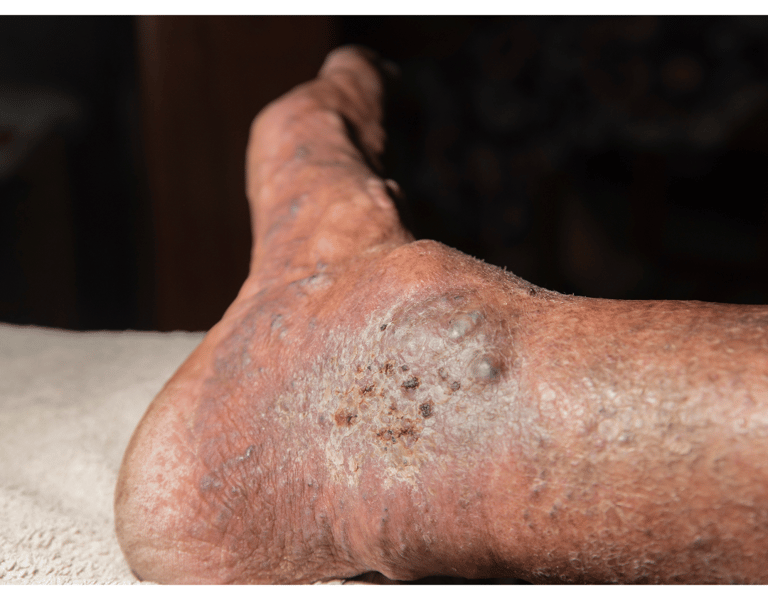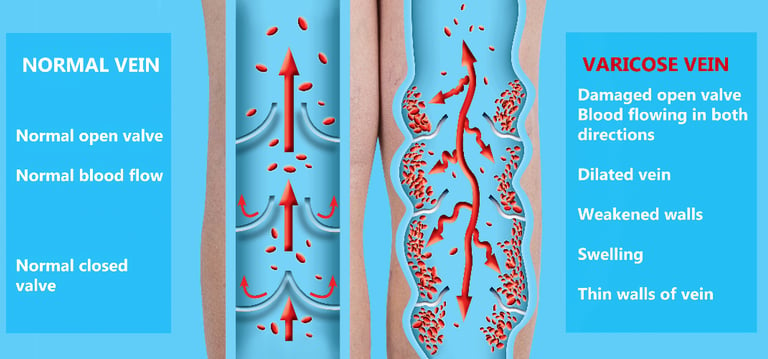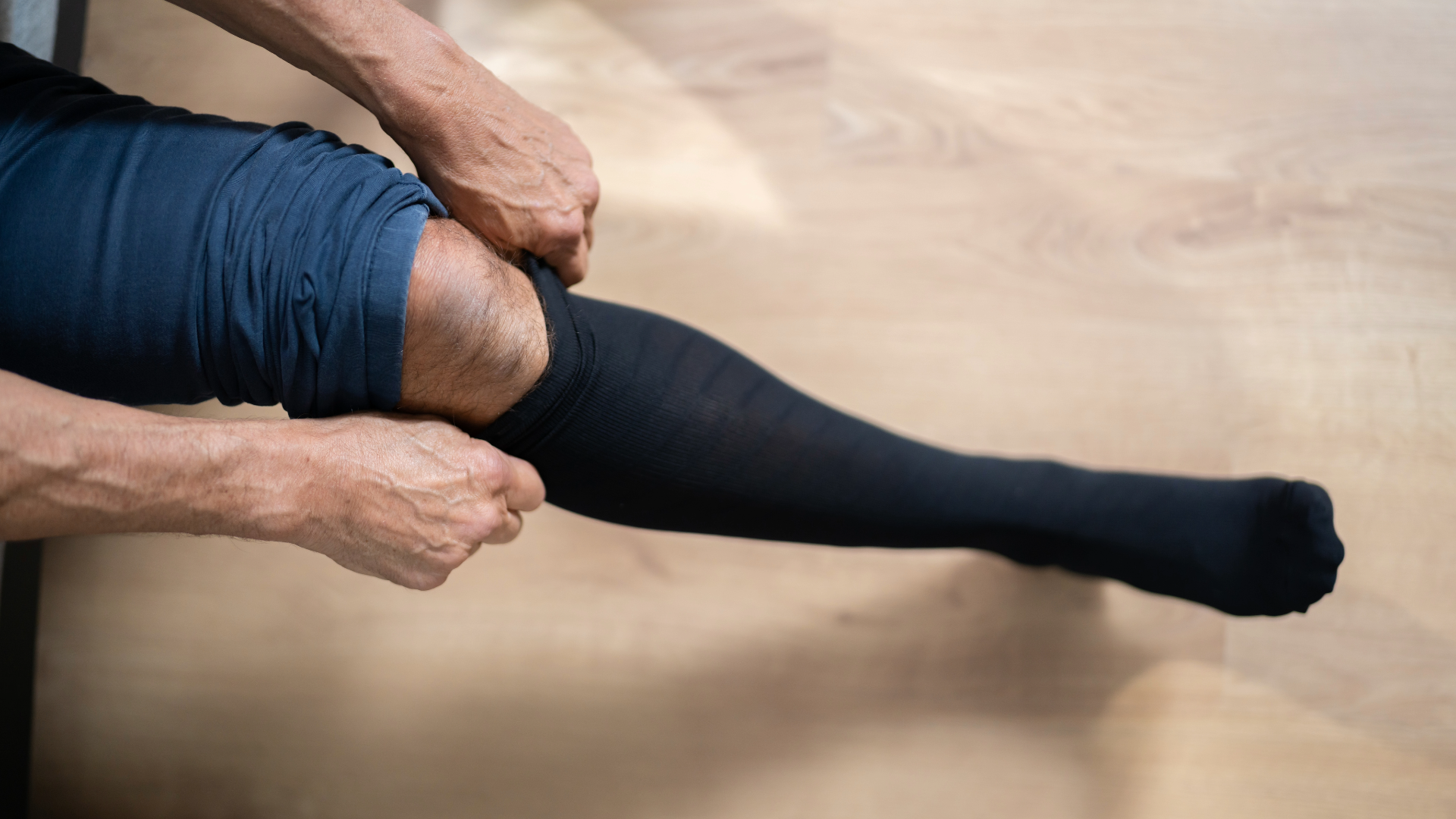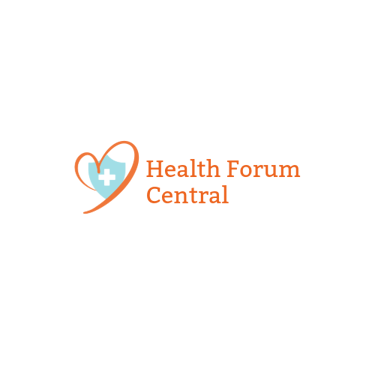What are Varicose Veins
Explore varicose veins, leg-related vascular issues with bulging veins, discomfort, and swelling. Learn about Compression Therapy and Endovenous Ablation, treatments aiding circulation and vein closure for optimal leg health and symptom relief
VARICOSE VEINS


Delve into varicose veins—a common vascular issue affecting legs, characterized by bulging, bluish veins, skin changes, discomfort, and swelling. Explore treatment options like Compression Therapy, Endovenous Ablation, Sclerotherapy, Phlebectomy, Surgery, Radiofrequency Closure, and Laser Treatment. Learn how Compression Therapy enhances circulation and how Endovenous Ablation uses laser or radiofrequency to seal veins. Uncover symptoms and diverse treatments for optimal leg health in this comprehensive guide to managing varicose veins.
Varicose veins, also known as varicosities, are dilated and twisted veins located just beneath the skin's surface, predominantly found in the legs. While the legs are the most common location for varicose veins to appear, they can occasionally develop in other areas of the body. For instance, hemorrhoids are a type of varicose vein that manifests in the rectum. Additionally, there are other vein-related issues, such as telangiectasias or spider veins, which affect smaller blood vessels. In the context of this health topic, the primary focus is on varicose veins occurring in the legs.
What are the symptoms?
Bulging, bluish veins
Skin color changes around the veins
Itching or burning discomfort around the veins
Skin color changes around the veins
Swelling in the legs
Aching pain in the legs
A feeling of heaviness in the legs and feet
Nighttime leg cramps
What are available treatments?
Compression Therapy
Endovenous Ablation
Sclerotherapy
Phlebectomy
Surgery
Radiofrequency Closure
Laser Treatment



Compression Therapy
What is Compression Therapy? Compression therapy involves wearing specialized compression stockings or bandages that apply consistent pressure to the legs, helping to reduce swelling and alleviate discomfort associated with varicose veins.
How Does it Work?
These garments promote better blood circulation, preventing blood from pooling in the veins and thereby reducing the symptoms of varicose veins.
When is it Recommended? Compression therapy is often recommended as a conservative management option. It may also be advised after medical procedures to enhance healing and reduce swelling.
Endovenous Ablation
What is Endovenous Ablation? Endovenous ablation is a minimally invasive medical procedure that employs laser or radiofrequency energy to heat and close off varicose veins.
How Does it Work?
During the procedure, a thin catheter is inserted into the affected vein, and heat energy is applied to seal the vein shut, rerouting blood through healthier vessels.
When is it Recommended? Endovenous ablation is typically recommended for medium to large varicose veins and is performed in a doctor's office with the guidance of ultrasound.
